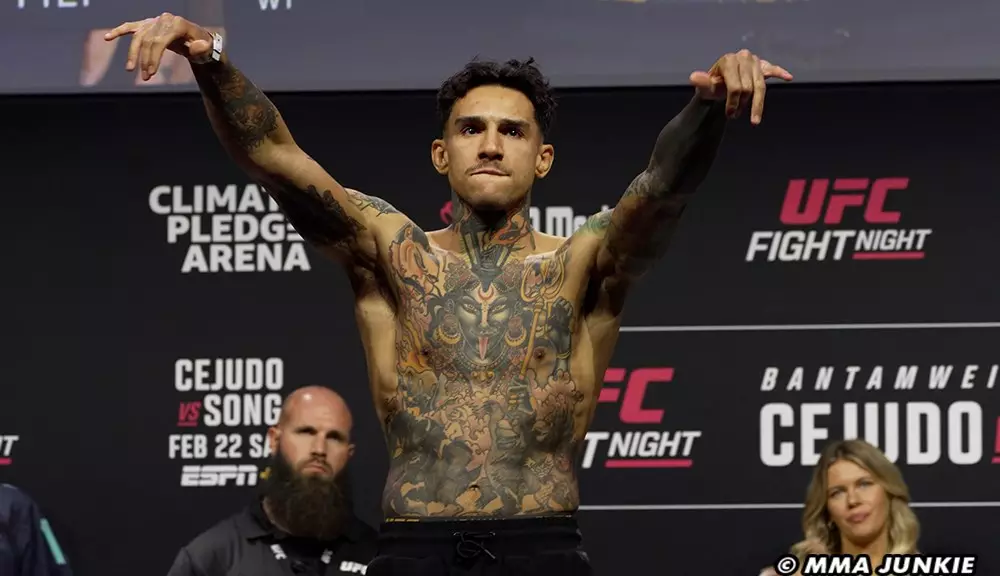UFC Fight Night 252, which took place at the Climate Pledge Arena in Seattle, not only showcased thrilling bouts but also highlighted the financial incentives provided to fighters under the organization’s newly implemented Promotional Guidelines Compliance (PGC) program. A total of $185,000 was disbursed among the participants, reflecting a shift in the UFC’s approach to athlete compensation.
In an effort to streamline fighter payments and enhance accountability, the UFC introduced the Promotional Guidelines Compliance payments, which replace the earlier UFC Athlete Outfitting Policy. This new system is designed to reward fighters not merely for their victory in the octagon, but also for adhering to promotional obligations, such as media appearances and promotional attire. The PGC’s structure aims to create a more equitable compensation system, ensuring that athletes are rewarded for their engagement with fans, sponsors, and the media alike.
The payout for events under this new program is tiered, taking into account the number of overall fights a fighter has competed in, not only within the UFC but also during their tenures in Zuffa-era promotions like WEC and Strikeforce. This structured approach ensures that fighters who have dedicated more time and displayed a sustained commitment to the sport can reap higher financial rewards. For instance, fighters with 1-3 bouts receive $4,000, while those with 21 or more fights can earn up to $21,000. This structure clearly emphasizes loyalty and experience within the sport.
Moreover, champions and title challengers have an even more lucrative payout set—earning $42,000 and $32,000 respectively. Such provisions incentivize not just participation, but also a drive for championship titles, subsequently increasing competitiveness within the organization.
In addition to the fight-night payouts based on participation, fighters stand to benefit from perpetual royalty payments, amounting to a remarkable 20-30% of merchandise sales featuring their likenesses. This additional revenue stream allows athletes to capitalize on their brand and popularity even after their fighting careers alter. Such a model not only empowers fighters financially but also encourages them to actively promote UFC merchandise and engage with their fanbase, enhancing the overall brand visibility of the UFC.
The UFC’s implementation of the Promotional Guidelines Compliance program marks a significant evolution in how fighters are compensated, emphasizing both conduct outside the octagon and performance within it. By offering diverse revenue streams and incentivizing long-term commitment and engagement, the program aims to uplift the professional status of mixed martial artists. As the landscape of combat sports continues to evolve, initiatives such as these may redefine the athlete’s experience in the UFC, ultimately contributing to the promotion’s growth and sustainability in the competitive sports market.

